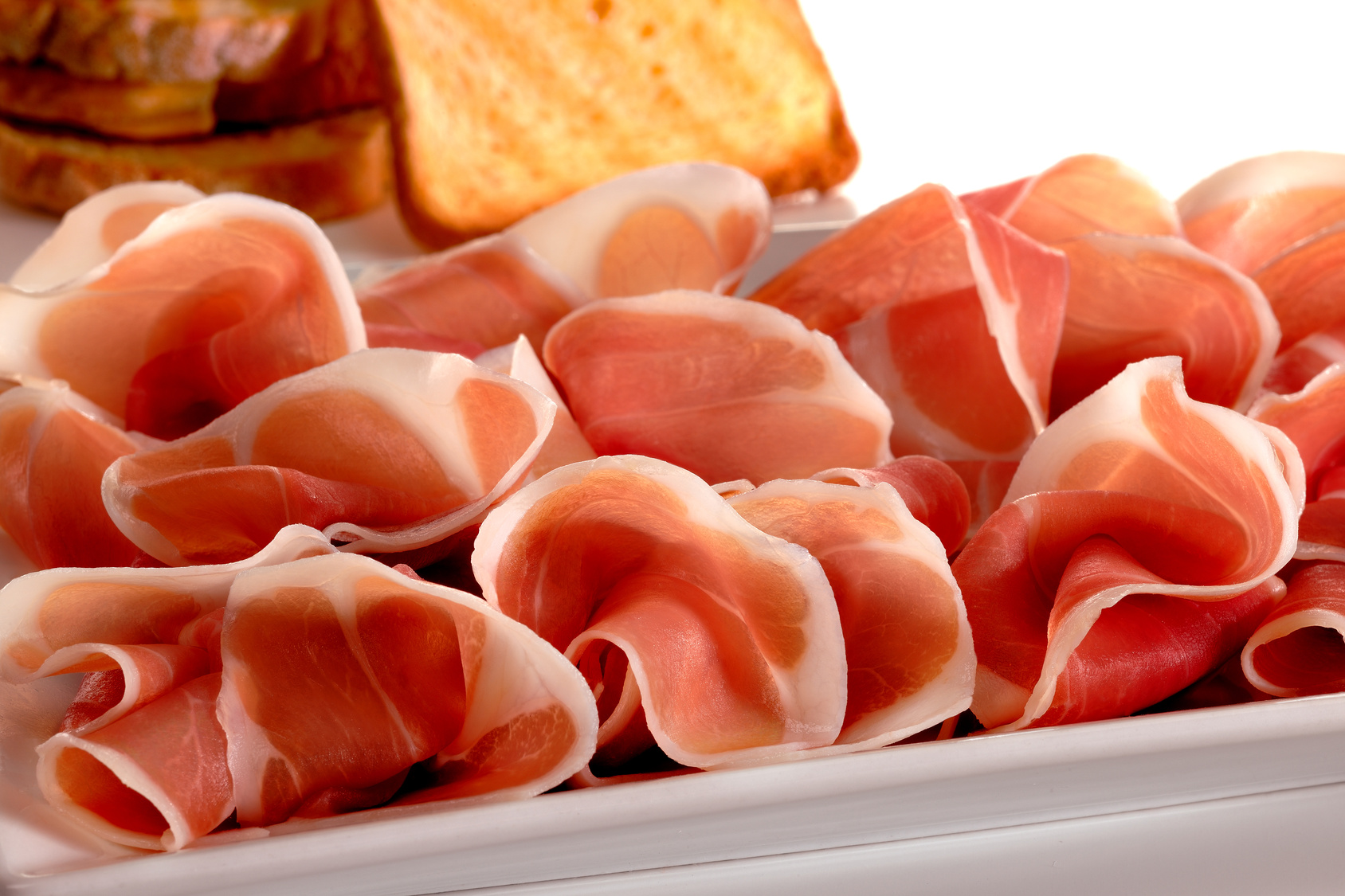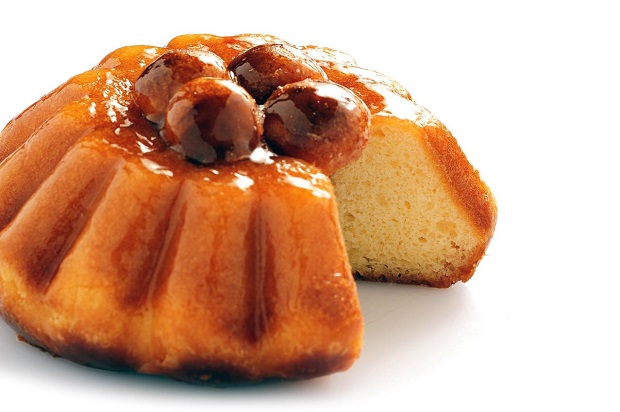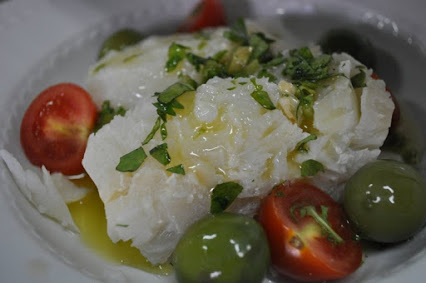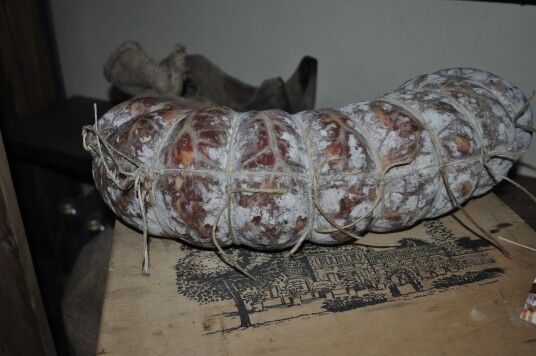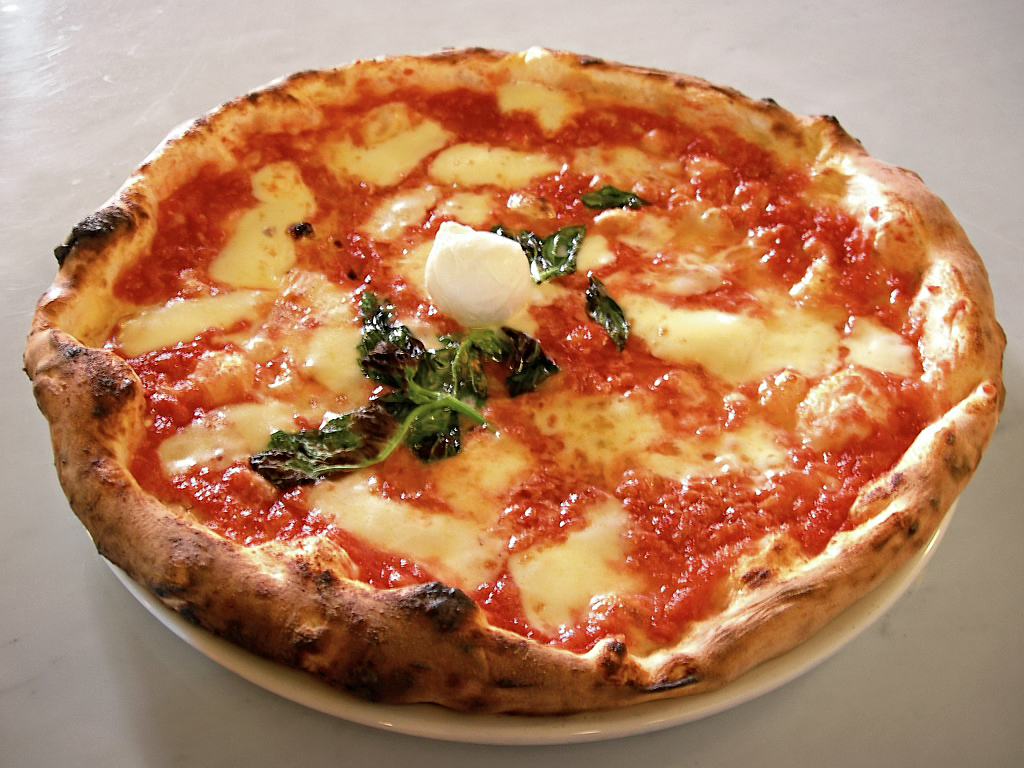The processing of San Daniele ham requires many delicate steps still performed according to the ancient artisan tradition.
The real secret of the processing, however, is the Sandanielese microclimate, given by the meeting of the cool currents from the Alps with the humid currents from the Adriatic; the morainic nature of the terrain favors ventilation, influencing the percentage of humidity and thus guaranteeing the optimal balance for curing.
Production starts with the selection of pigs, strictly Italian, followed throughout their growth and fed in a controlled manner. Then the best thighs are selected, weighing at least 12 kg.
The weight is very important because it determines the duration of the salting phase, which is carried out with medium-grain sea salt: this causes the draining of moisture from the ham, which thus acquires its typical taste.
After the preliminary conformity check, the legs are stamped with the D.O.T. mark and the date of the start of processing. Next, the thighs are covered with sea salt and remain salted for a number of days equal to their weight. The next stage is pressing, the purpose of which is to allow the salt to penetrate deeply and give the meat an optimal consistency for subsequent curing.
This is followed by pre-curing, during which the hams rest for three months.
At the end of the period, the legs are washed and then hung in the halls for at least another eight months of curing; in the meantime, the hams are "stuccoed," that is, covered with a white mixture of flour and pork fat, which prevents the meat uncovered by the rind from drying out too quickly.
At the completion of the thirteenth month from the start of processing, the certifying institute, INEQ, performs the final checks. Hams meeting all the requirements of the Production Specification are certified and branded with the Consortium mark.
